Report
9th and 10th December 2013: Protection of Toki and Biodiversity and Agriculture in Sado Island
FOLENS Students Group ”Practical Approach towards Environmental Conservation”group
Hanhan, Mizuki, Rahman, Yoshie
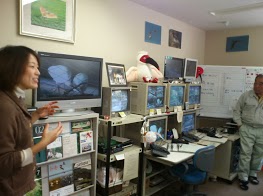 |
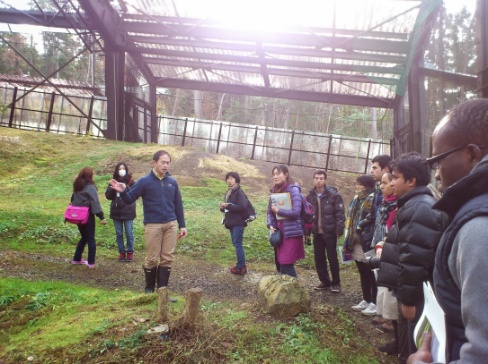 |
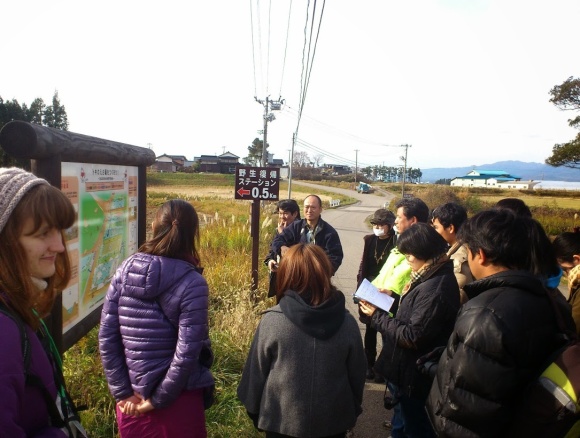 |
| Learning the activities of Toki Reintroduction Center | Students observed facility to reintroduce Toki to the wildlife | Field observation to learn about the “e-type” agricultural system in paddy field |
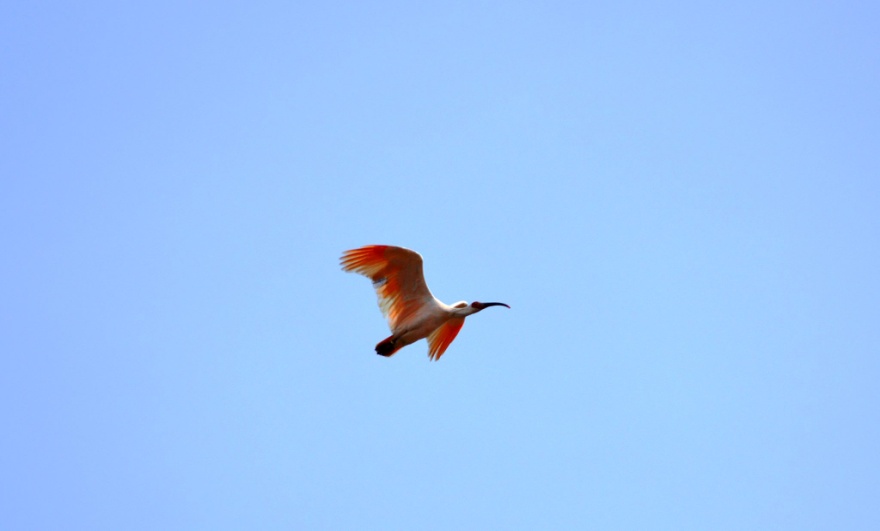 |
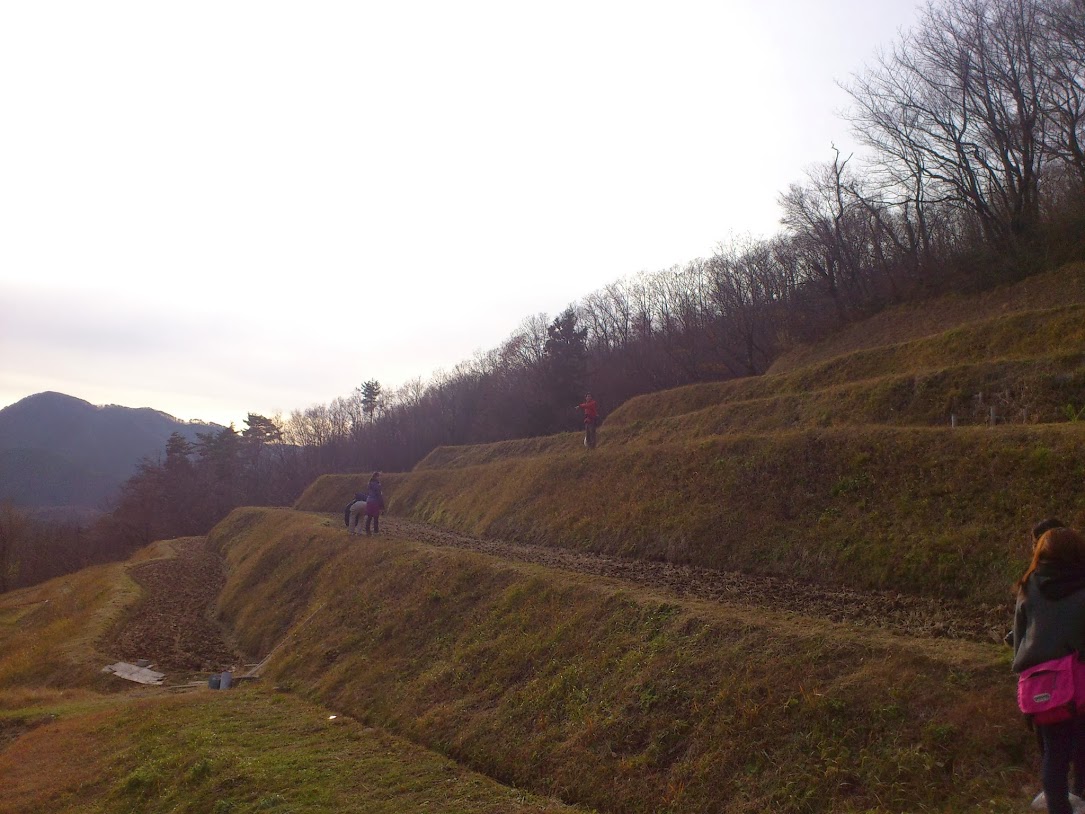 |
| Reintroduced Toki flying in the local landscape | Rice terrace in Ogura. The paddy field has been reconstructed to preserve the nature and provide tourism spot. |
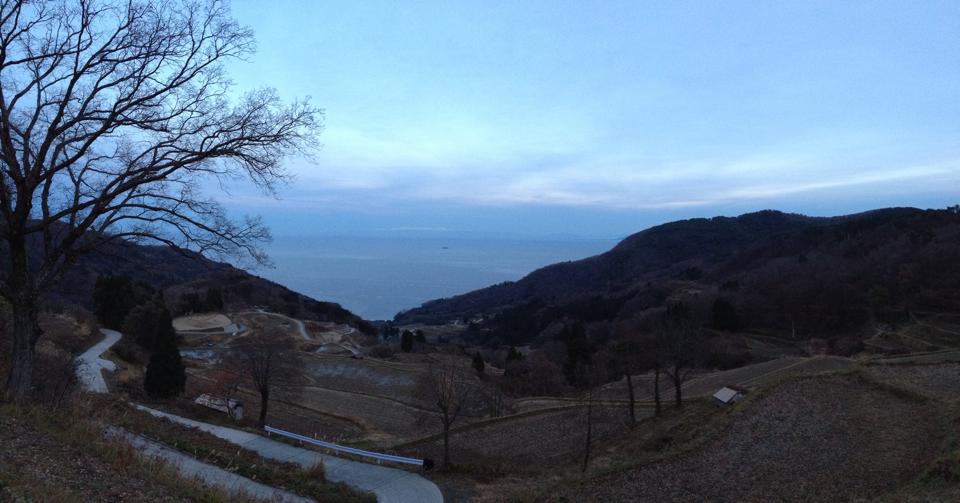 |
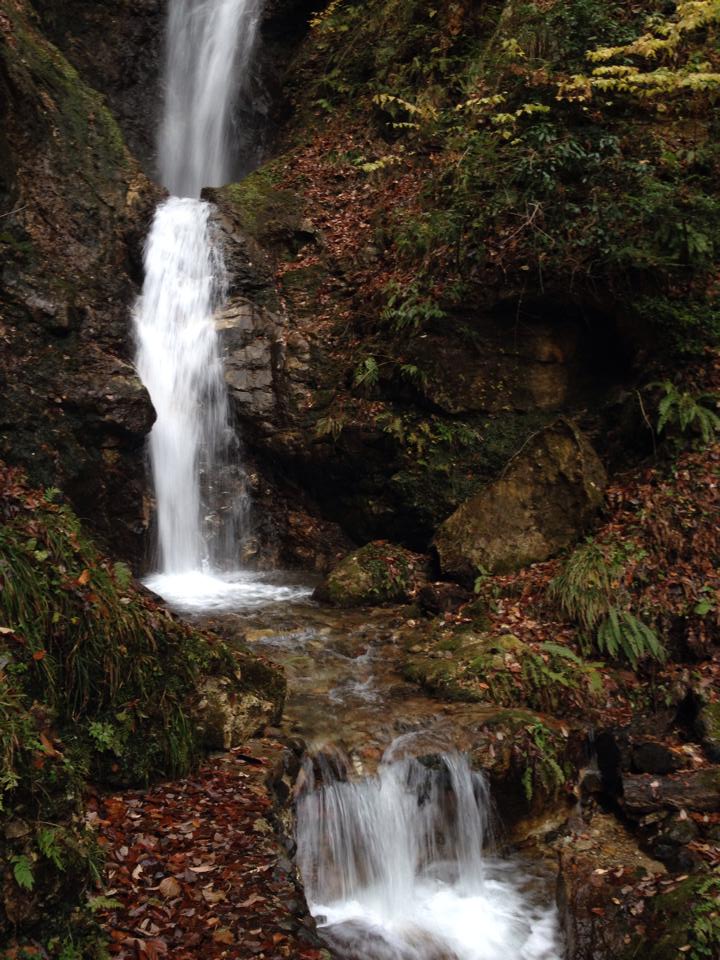 |
| Rice terrace in Iwakubi. The beautiful scenery of preserved nature, paddy fields and sea view makes this a very promising location for eco-tourism. | Yoro waterfall. Beautiful waterfall that also have cultural importance for Sado’s people. |
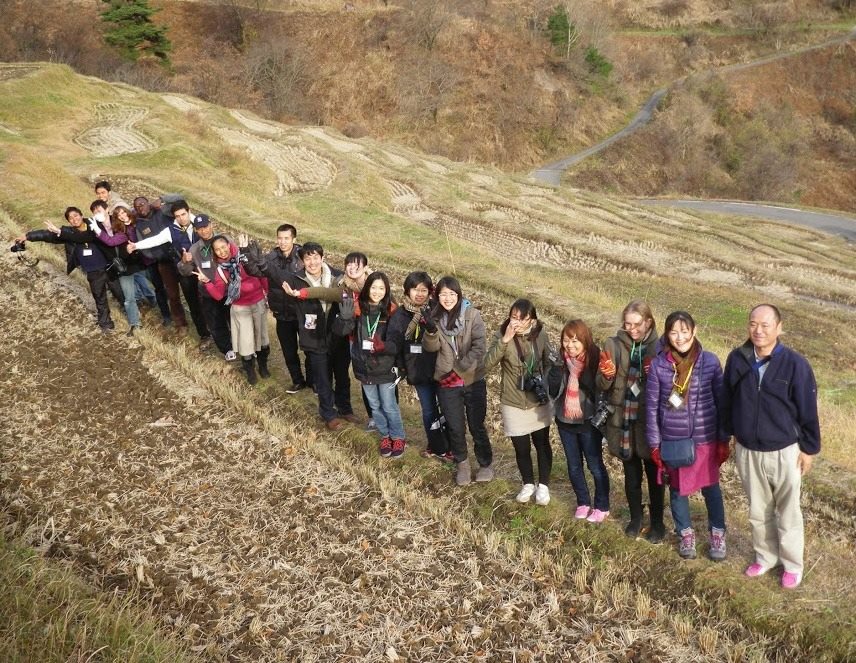 |
| Participants of the field trip and local guide Nakajima san (at the most right) |
We visited Sado Island during 9~10 December 2013.
Sado Island was selected by GIAHS-Globally Important Agricultural Heritage Systems-as a site that conserves biodiversity with a focus on Japanese crested ibises (Toki in Japanese) and maintains traditional agriculture and culture in 2011.
We became interested in this area and studied about Sado Island, Japanese crested ibises, biodiversity and traditional agriculture. On the day of field trip, we could visit the site and listened to people working for NPOs and local guides.
Places where we visited
Reintroduction Ccenter
After we received explanation about the reintroduction of Japanese crested ibises, we observed the facility to let ibises to learn how to catch their baits.
There made us think about difficulty of reintroduction (it’s not simple keeping).
On our way from the Reintroduction Center, we luckily could see 6 ibises reintroduced to wild. Their unique color called “Toki color” was so beautiful and impressive when they were flying in local landscape.
E-type agricultural system in rice paddy field
We saw rice paddy fields with consideration for the environmen and biodiversity.
For example, there were fish passages and ponds, and paddies were filled with water even in winter for ibises to get baits to avoid hunger.
Rice terrace in Ogura
We surprised at a view of step-wise rice terraces.
The landscape was beautiful, but it was hard to ascent and descent.
We could only imagine toil of farming there.
Rice terrace in Iwakubi
We could breathe very fresh air in “Yoro Waterfall”., The local guide’s story that the water from this waterfall is important for rice farming was convincing.
We saw the landscape composed of a series of rice terraces, where people have produced rice over 200 years and sea in the distance.
Result of this field trip
Through this field trip, we could listen to real voices of local people in Sado and know things about environmental issues which we could no’t get on armchairs.
We could understand that efforts for Japanese crested ibises and agriculture by people in Sado Island were intricately linked with each other. For example, the Conservation and reintroduction of Japanese crested ibises, the improvement of agriculture for maintaining the symbiosis with ibises, the promotion of traditional agriculture in Sado as a culture which can maintain biodiversity and what should be sustained for the future.
What we should do after coming back to TUAT is broadening our horizon by experience in Sado and comparing between Sado and other regionsm and applying this experience in our life.
All of us in the management group are grateful for help by people in Sado, faculty and students in FOLENS and realization of this valuable chance.
Program:
The night before(8 December)
23:00 Meet at JR Shinjuku station(South exit)
23:59 Take a night bus at Shinjuku
Day1 (9 December)
5:45 Arrive at Niigata station
7:55 Get on board a ship at Niigata port
9:00 Arrive at Sadogashima(Ryoutsu port)
Meet Mr. Nakajima who is this trip conductor
10:00 Visit Toki reintroduction center
11:30 See E-type rice paddy field
12:30 Go shopping in Local supermarket and have a lunch
14:30 Visit Rice terraces (Tanada) in Ogura
16:00 Visit Rice terraces in Iwakubi
18:00 Arrive at Accommodation (Toki koryu kaikan)
18:30 Dinner and taking a bath at Niiho katagami onsen (hotspring facility)
20:00 Workshop about experiences in one day
Day2(10 December)
7:00 Have breakfast
8:40 Leave from Toki koryu kaikan
9:15 Get on board a ship at Ryoutsu port
11:45 Arrive at Niigata port
12:15 Department
*The original plan included visits to communities of Haetsubaki and Shimizudaira, and Toki Forest Park on the second day but we canceled them due to the weather condition.
----------------------------------------
We visited Sado Island as an outdoor field training of FOLENS Seminar on December 9th and10th. The main topic was protection and reintroduction of the ibis, taken care by Niigata NPO Association. The training was started from a visit of Toki reintroduction center, the Ministry of the Environment. Then we learnt efforts of the maintenance of traditional farming and rice terraces. Moreover, this visit gave us opportunity to consider and discuss about efforts of the maintenance of traditional farming methods and terraced rice fields, arguments for the reintroduction of ibis based on imported individuals, biodiversity conservation, and eco-tourism. We saw several wild ibis during the field visit. Due to a weather condition we decided to come back from the morning on the second day but we had a good field seminar. We would express our gratitude to Niigata Association of Nonprofits and the accommodation staff.(Ozaki)